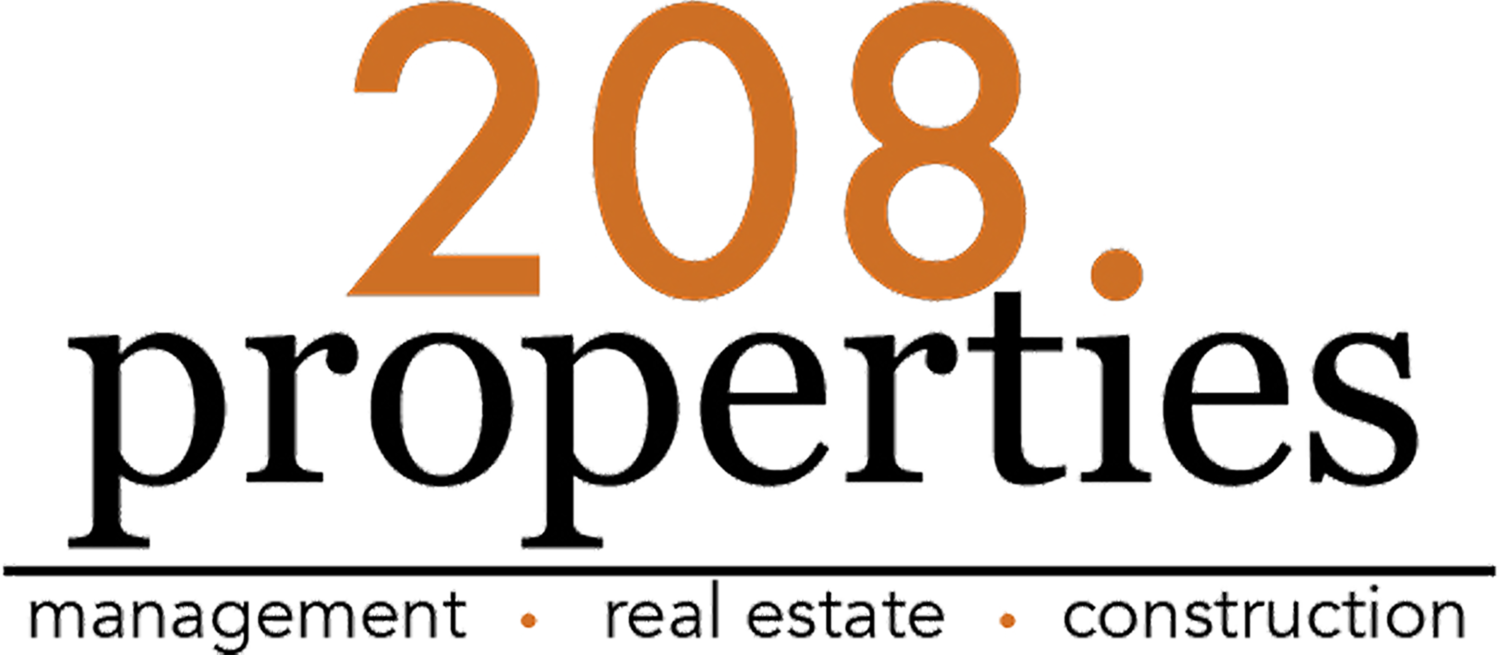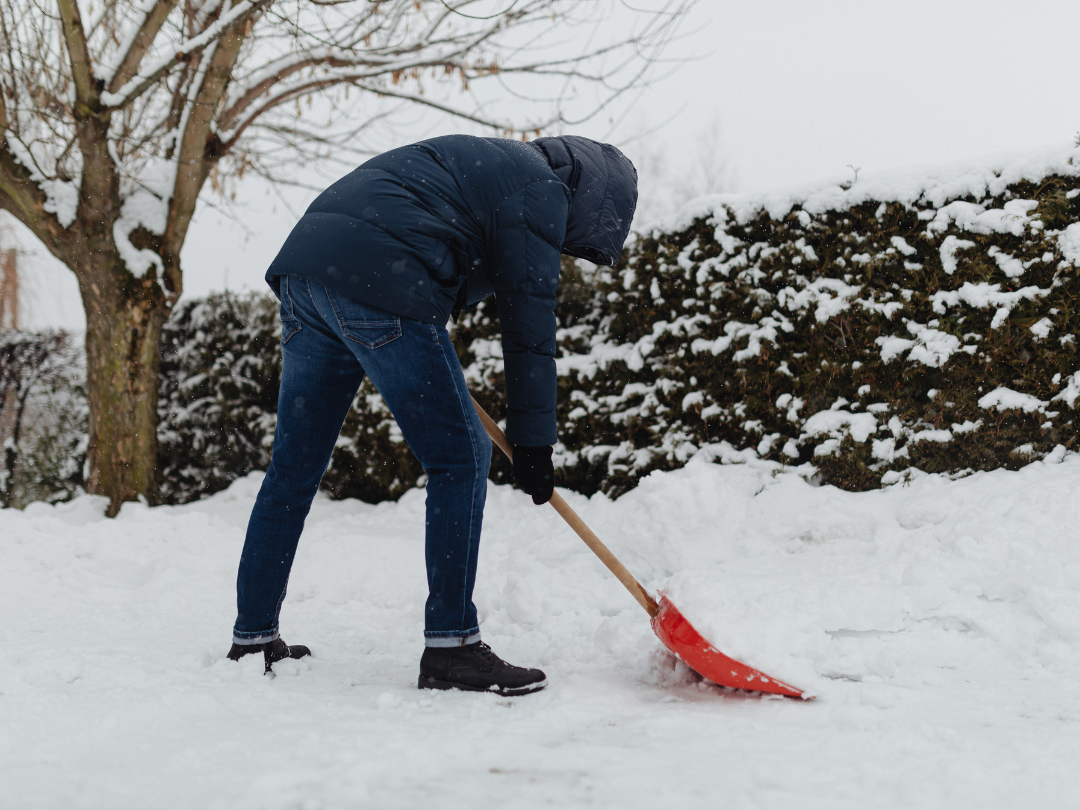Winter can be a silent drag on returns. The fix is a clear plan that keeps systems working, residents safe, and cash flow predictable. Here is how professional managers prepare assets before the first hard freeze.
HVAC & Utility Systems
Furnace Servicing
Schedule annual inspections to clean burners, replace filters, and test thermostats. Heating system failures are the #1 winter maintenance expense.
Filters & Thermostats
Ensure residents know when to replace filters and confirm thermostats are set to heat mode before the first freeze.
Heat Tape & Pipes
In vulnerable units or crawl spaces, install or inspect heat tape on exposed water lines. Check insulation around pipes in exterior walls and attics.
Plumbing & Freeze Protection
Outdoor Spigots
Shut off and drain exterior hose bibs and irrigation lines. Remove hoses to prevent freeze bursts.
Interior Access
In vacant units, maintain heat at a minimum of 55°F. Open cabinet doors under sinks to allow warm air circulation.
Main Shut-Offs
Ensure every tenant knows the water shut-off location in case of emergencies.
Roof, Gutters & Drainage
Roof Inspection
Check for missing shingles, flashing issues, and soft spots that can lead to leaks or ice dams.
Gutters & Downspouts
Clean thoroughly to prevent water backup and ice build-up. Extend downspouts at least 4–6 feet from the foundation.
Drainage Review
Confirm grading directs runoff away from structures — especially in duplexes and townhome courtyards.
Exterior Maintenance
Walkways & Entries
Stock ice melt, sand, and shovels for multifamily and commercial assets. Ensure lighting is adequate and timers adjusted for earlier sunsets.
Snow Removal Contracts
Verify vendor agreements are current, pricing is locked in, and liability coverage is active.
Fencing, Decks & Railings
Tighten or repair before snow load hits.
Landscaping & Irrigation
Winterize Sprinklers
Blow out irrigation systems before the first hard freeze.
Tree & Shrub Care
Trim limbs away from roofs, power lines, and structures to reduce storm damage risk.
Mulch Beds
Add mulch to insulate roots and minimize soil erosion.
Property Access & Safety
Lighting & Security
Replace burnt bulbs, test motion sensors, and confirm exterior cameras are functioning.
Handrails & Stairs
Inspect for stability and traction — critical for liability protection.
Emergency Contacts
Post or share updated 24/7 maintenance contact info with tenants.
Vacancy & Asset Protection
Winterization of Vacant Units
Drain toilets and tanks, pour antifreeze into drains, and shut off water at the main valve.
Weekly Checks
Have property managers or maintenance staff inspect vacant units weekly for temperature, leaks, or vandalism.
Insurance Review
Confirm vacant property coverage and liability protection during off-season.
Financial & Operational Planning
CapEx Budgeting
Allocate funds for potential winter damage repairs (roofs, water leaks, HVAC failures).
Utility Efficiency
Install programmable thermostats or smart leak sensors in common areas or mechanical rooms.
Lease Renewals
Review leases expiring in Q1 and plan renewal incentives early to prevent turnover in the slow winter months.
Tenant Communication
Send “Winter Maintenance Reminder” letters or emails with guidance on preventing frozen pipes, maintaining heat, and handling snow removal.
Reinforce 24/7 emergency contact procedures and expectations for tenant responsibilities under the lease (e.g., clearing individual walkways, keeping heat on during absences).
Insurance & Liability
Verify property insurance policies include coverage for burst pipes, roof damage, and tenant injuries due to ice.
Review vendor COIs (Certificates of Insurance) for snow removal and HVAC contractors.
Update emergency protocols for winter storms or power outages.












